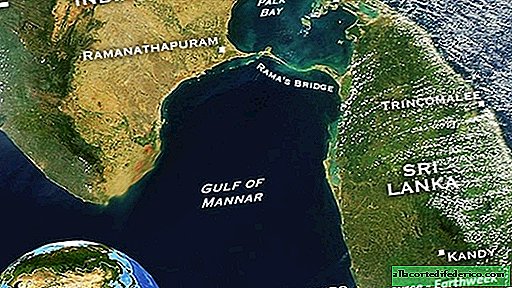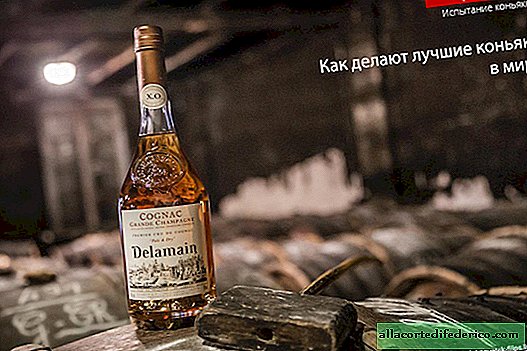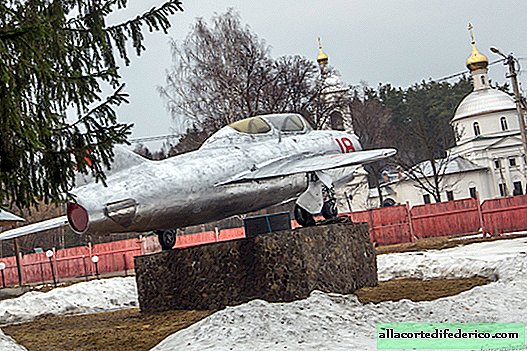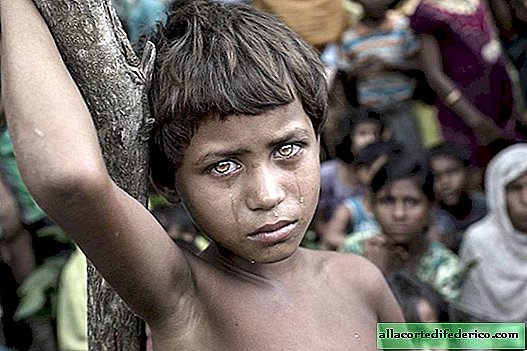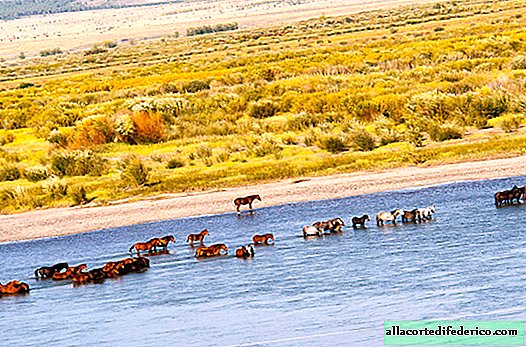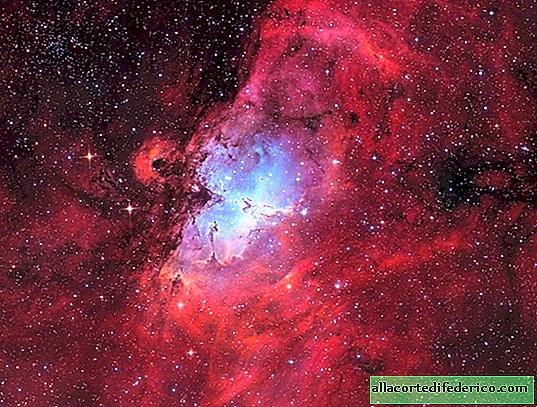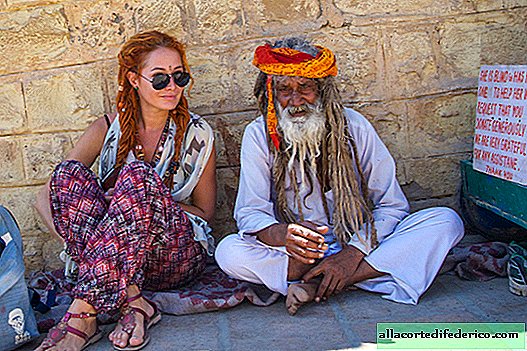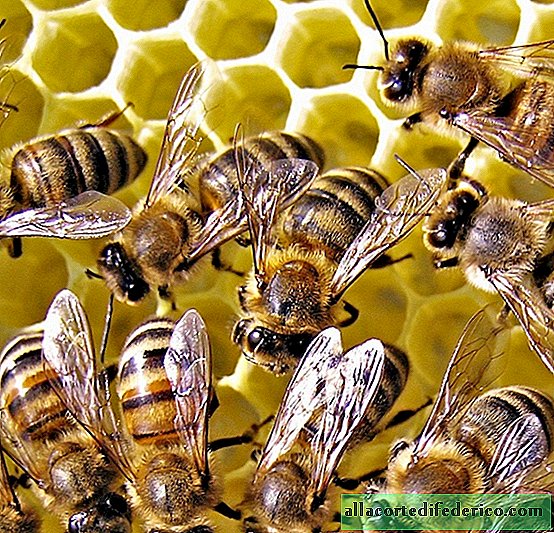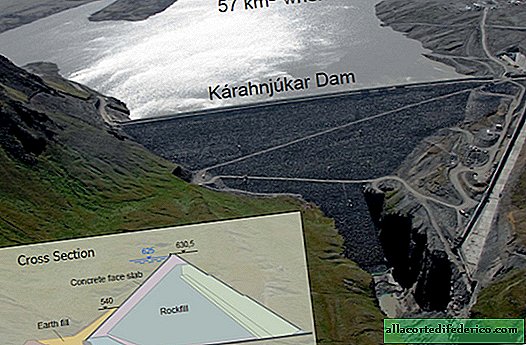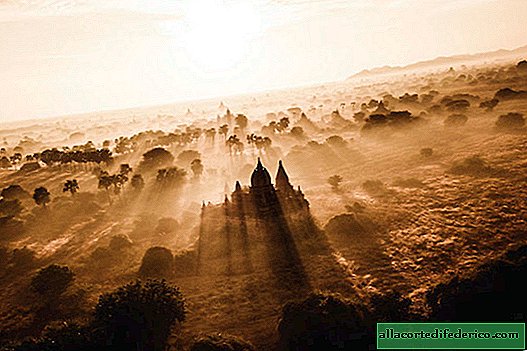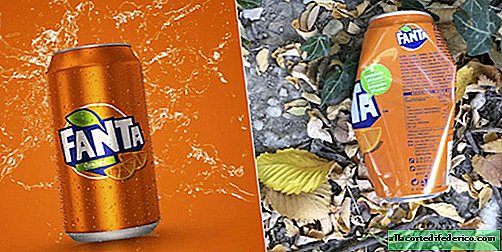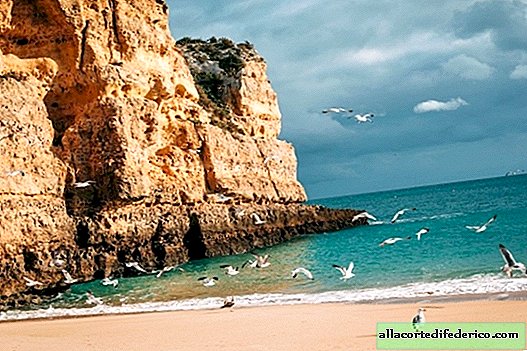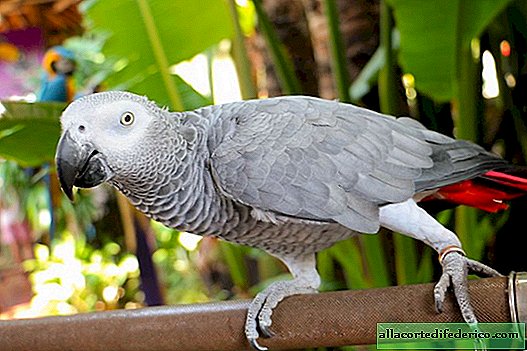How to mount art in the Hermitage
I must admit that for the first time I visited the Hermitage recently. I've been to St. Petersburg a bunch of times, but the Hermitage usually walked by. Critics, do not grumble and do not scold me, please. Well, as they say, better once than never. Yes, I know it says otherwise.
I got to the Hermitage for a reason, but on the occasion of the opening of a large exhibition of contemporary Flemish artist Jan Fabre, which took place in October last year. The artist then brought to Russia many of his works and even specially created a number of new ones. This is how the process of editing works took place. The work is important and painstaking, it’s not dragging sandbags, you need to calmly and carefully hang out the paintings without damaging the neighboring ones, hang a large canvas and even assemble the house.
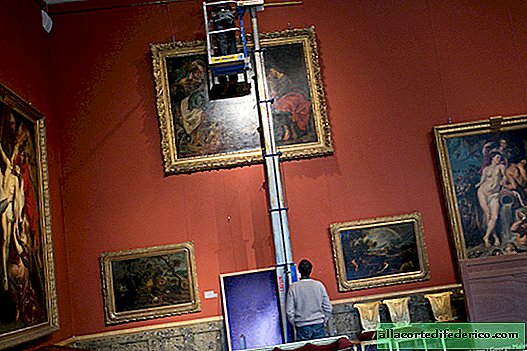
All works in the Hermitage come in wooden boxes on which a photograph of the contents and a description are pasted. The boxes are first placed in the warehouse, and then they are fed for installation to the emergency entrance using special equipment.

Harsh Hermitage loaders drag a box from the loader onto a platform with wheels and drive it inside the building. These boxes didn’t go through the door with the Atlanteans, they had to be carefully rolled in diagonally.

Inside the Hermitage, the boxes are lifted to the desired floor with the help of a freight elevator and rolled into the hall, where the works hidden inside the container will be installed.

The installation of the works itself is quite chaotic: as it is more convenient and practical for the workers of the Hermitage, because it is they who actually manage the weighting. It is better to trust professionals in their field, many of whom have been working in the museum for a long time.

And the photograph above is not at all a worker of the Hermitage, but the artist Jan Fabre is dragging a heavy box with his own work. Fabr is personally present during installation, controlling the process and making some adjustments, but it is not lazy to drag gravity.

Dialogues between Fabre and workers periodically took place:
- Turn left! Left!
- Yes, yes, now. Vasya, bring the cart!
-…

Jan Fabre's father was a famous entomologist, so the artist makes extensive use of the aesthetics of the animal world. He works with shells of beetles, skeletons, horns, stuffed animals and images of animals in various materials.

For the time of installation of the works, only specific halls of the Hermitage are closed for visitors, the rest operate normally. Moreover, there is a schedule for opening busy halls, workers are trying to strictly adhere to it.

As the artist himself emphasizes, and this is recognized by researchers and critics, his art is rooted in the tradition of classical Flemish painting, which he admires.


In the spacious, bright halls of the General Staff Building is another part of the Jan Fabre exhibition. Here, absolutely, personally for me, are abstract things. For example, see a huge blue canvas? You think how it is created?

This is a regular ballpoint pen. The huge canvas is covered with a ballpoint pen. I wonder how much time was spent on this? And how many ballpoint pens?

Next to the canvas, the guys assembled a house with steps inside, also painted blue with ballpoint pens.

In the assembly of this house, the most important thing is to correctly find the necessary elements and assemble them together, otherwise the general drawing will not work out. There are specially trained people for this process.

I was allowed not just to touch the art, but in the literal sense to stand inside.

A large educational program was prepared for the exhibition, including a demonstration of films, a series of lectures, master classes and a series of public discussions.


Fabre said that "with the help of his works, he is trying to loudly and tangibly talk about life and death, physical and social metamorphoses, the nature of cruelty inherent in both the animal and the human world."

The knight is also part of the exhibition, in other halls there were already fully assembled various knights, armor, knight's helmets. All of them were created using the theme of insects, and some directly from insects.

The exhibition "Jan Fabre: The Knight of Despair - a Warrior of Beauty" was prepared by the State Hermitage's Department of Contemporary Art as part of the Hermitage 20/21 project.

And in the office of the department of modern art there was a sketch of Fabre, which the artist specially sent to the Hermitage. Pay attention to beetles.


